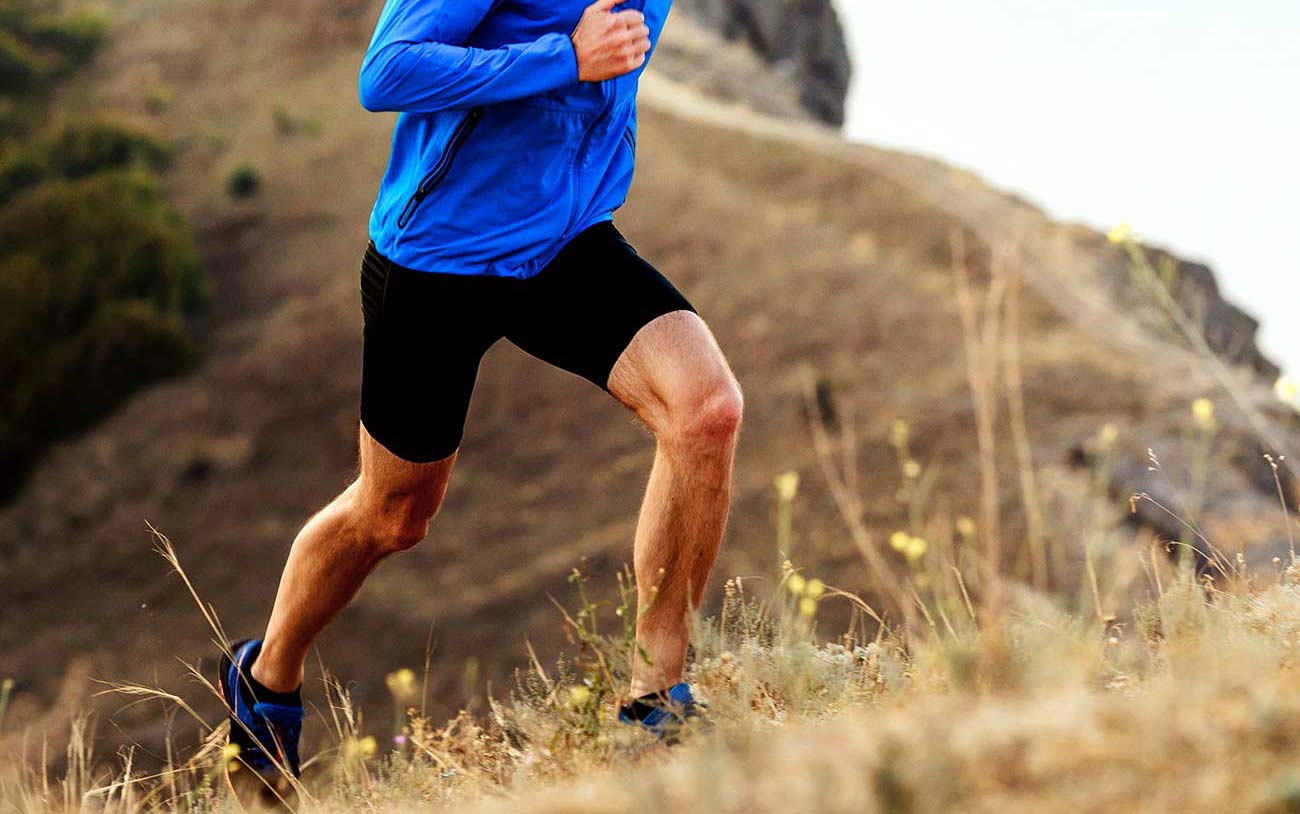
Beat Plantar Fasciitis – Causes, Stretching, Pain Relief & Cure
Plantar Fasciitis for runners
Plantar Fasciitis, this common running injury has derailed more running fitness plans than perhaps any other. Though it can be very common, it’s certainly no joke and can prove to be painful as well as difficult to get rid of. It usually shows itself as pain in your arch or heel.
So what is plantar Fasciitis? And how do you get rid of plantar Fasciitis quickly? Let’s take a look below.
plantar fasciitis symptoms
Firstly, how do you know if you have Plantar Fasciitis and what does it feel like?
As we said above, normally you’ll feel pain at your heel or arch of your foot. This pain is typically much worse in the morning when you first start to walk, which can make it difficult to start moving around at the beginning of the day. This can also be the case if you try to walk after resting or being inactive for a while.
You may also notice that the pain gets better as you exercise as your muscles begin to loosen up, though your heel and arch may be very tender to touch after you’ve done exercise.
What is Plantar Fasciitis
Plantar fasciitis is caused by straining the part of your foot that connects your heel bone to your toes (plantar fascia) which is a connective tissue that runs the length of your foot.
Here are some common causes of Plantar Fasciitis that can effect the likelihood of a runner getting this painful condition:
* recently started exercising on hard surfaces
* exercise with a tight calf or heel
* overstretch the sole of your foot during exercise
* recently started doing a lot more walking, running or standing up
* wear shoes with poor cushioning or support
* are very overweight
How to heal Plantar Fasciitis quickly
The good news is, there are a number of things you can do that can get you better as quickly as possible including using items such as plantar fasciitis night splints and other plantar fasciitis treatment methods.
The bad news is, one of them is a dreaded word for most runners, rest!
Rest: it’s really important to cut down on walking (and running!) as much as possible, this is going to speed up the healing process
Ice: As this injury is caused by inflammation of the connecting tissue, icing the area of pain and the surrounding areas can help to take down inflation and promote healing.
Footwear: Wearing supportive footwear can make a big difference to your healing time. Be sure to avoid poorly supported shoes such as uggs and plimsoles and instead opt for trainers and other supportive footwear.
Adding heal and arch supports to your shoes can also be a major alleviator of pain and speed up the healing time.
Stretching: Stretching your legs and in particular your calf can massively help ease and heal this condition, here’s a stretching routine that works the calf that should help:
1. Stand an arm’s length from a wall.
2. Place your right foot behind your left.
3. Slowly and gently bend your left leg forward.
4. Keep your right knee straight and your right heel on the ground.
5. Hold the stretch for 15 to 30 seconds and release. Repeat three times.
6. Reverse the position of your legs, and repeat.
Foam Rolling for Plantar Fasciitis
Foam rolling along your foot can help to stretch muscles and promote healing. Simply sit on a chair, place your foam roller on the floor underneath your foot and roll it back and forth while pressing down lightly.
Finally
Be sure to rest and carry out regular stretching which can really help to mend plantar fasciitis. It’s really important to wear sturdy shoes when you get back out there for your runs. The shoes that you wear while not exercising can also play a huge role in your recover, they need to have support and a proper fit. Be sure to buy new shoes as frequently as you need to so that they provide the support and cushion your body needs to stay free of injury.




